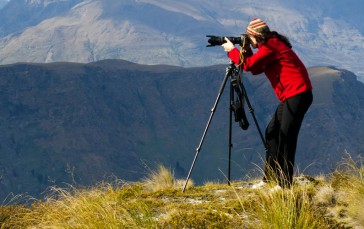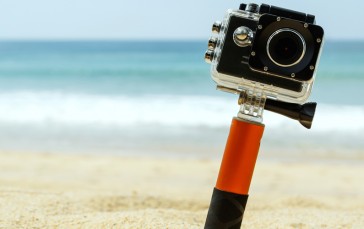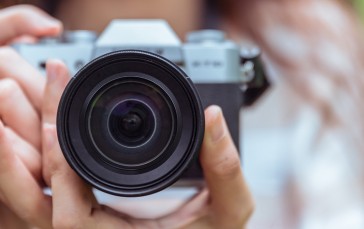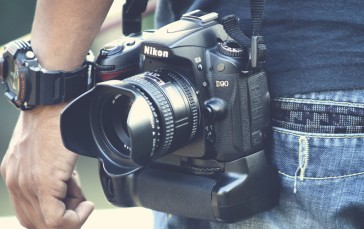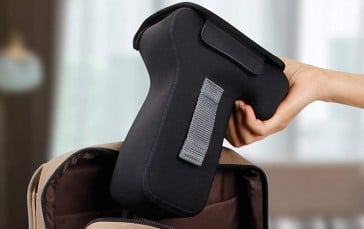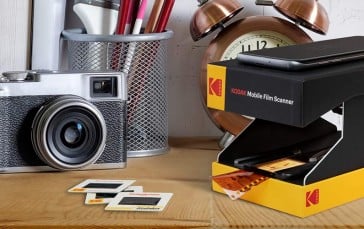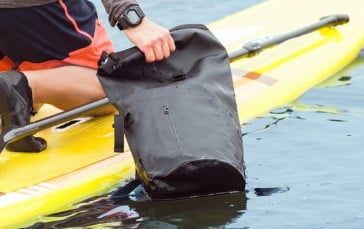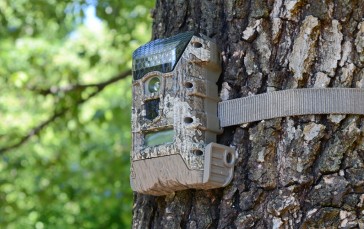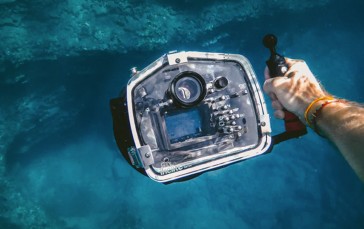How To Achieve Great Winter Photography Results
Winter is probably the most magical time to be a photographer. You can capture breath-taking scenery, rosy-cheeked portraits, and unguarded wildlife. The only problem is that it’s also the most difficult time to take photos. The cold weather can seriously affect your equipment and your body, and the conditions can play with your settings. Fortunately, we’ve done some research and found 10 tips for great winter photography results.
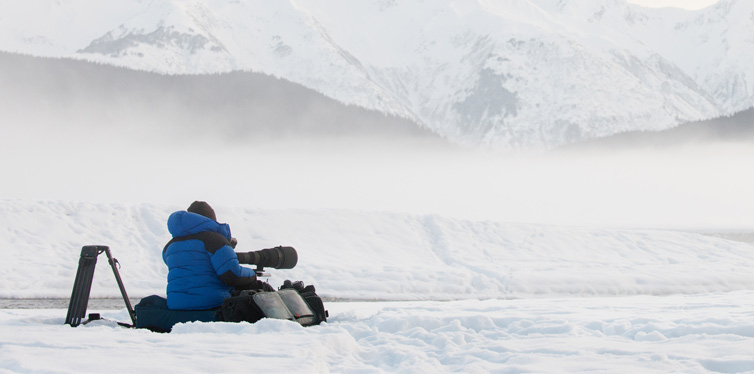
1. Protect Yourself From The Weather
First things first – think about what you’re going to wear on your winter photography shoot. As you’ll already know, patience is extremely important in photography, especially if you’re shooting wildlife. And it’s impossible to be patient if you’re freezing – you need to be comfortable. You should layer up with some thermal base layers, wear a warm and waterproof coat, and wear a thick winter hat that covers your ears. The other thing worth investing in is a pair of photography gloves. These are not only warm, but they’re also ergonomically designed to make it easy to operate your camera.
2. Protect Your Equipment From The Weather
You should also make sure your expensive photography equipment is protected from the harsh conditions. Extreme changes in temperature and moisture can damage your equipment if you don’t take a few precautions. Firstly, we’d recommend taking a quick look in the instruction manual for your camera and see if they mention a minimum temperature that it can withstand. Then, make sure any electrical equipment is kept warm and dry inside a good quality camera bag. And lastly, invest in some sealable plastic bags. Transport your equipment inside these bags and it will protect them from moisture when you move inside and the temperature changes.
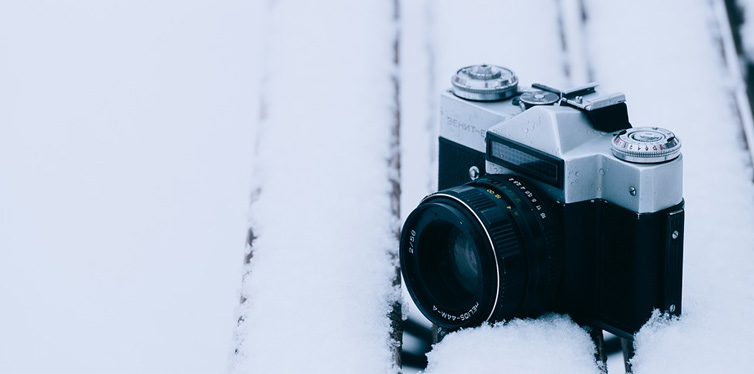
3. Select The Right Filters
Every photographer will have their own favorite filters. They make it easy to capture great shots, without having to adjust the manual settings. Some of the best filters for winter photography are polarizers, graduated natural-density filters, and warming filters. However, we’d recommend exploring your camera’s filters and finding out which ones work best for you in winter conditions. This could save you a lot of time trying to get the right results on Photoshop afterward.
4. Switch To Manual Focus
When snow is falling or the conditions are foggy, it can completely mess with your camera’s autofocus. The lens of your camera will flutter as it tries to decide what it should be focusing on. The result? You could miss an otherwise perfect shot. But, as any professional photographer will tell you, you shouldn’t rely on autofocus. Instead, switch over to the manual focus to find the sweet spot.
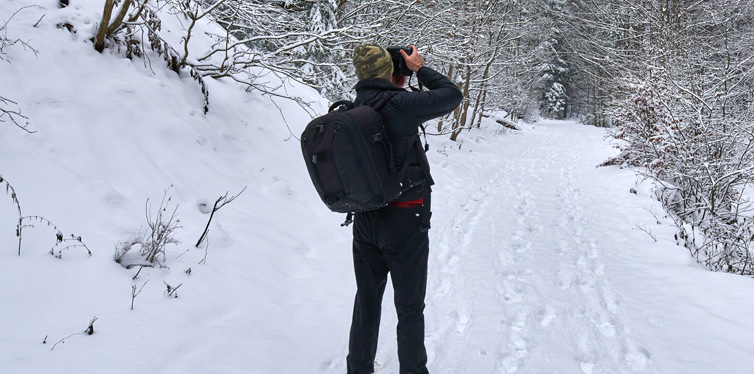
5. Buy A Solid Tripod
Winter photography is full of opportunities to shoot awe-inspiring landscapes, thunderous night skies, and extreme weather. If you want to do this successfully, you will need a really high-quality tripod. When you’re shooting night skies especially, you’ll need a really long exposure, and your camera needs to be completely steady to do this. It’s impossible to hold it still enough with your hands, especially when they’re about ready to freeze. You can also buy camera monopods, which offer a more portable and easier-to-use alternative to a full-sized tripod.
6. Use An Exposure Warning
Snow can trick your mirrorless camera meter’s exposure reading. So, if you completely rely on this function to set the exposure, you can end up with some pretty awful pictures. We’d recommend using the ‘exposure warning’ in your camera’s settings. This will highlight any overexposed areas in your camera’s LCD screen. It’s okay to have a couple of small bright areas, but if the whole area is overexposed, you need to increase the shutter speeds or close the aperture. This is obviously an advanced technique, but you will find that it comes in useful when you’re shooting landscape pictures in the snow.
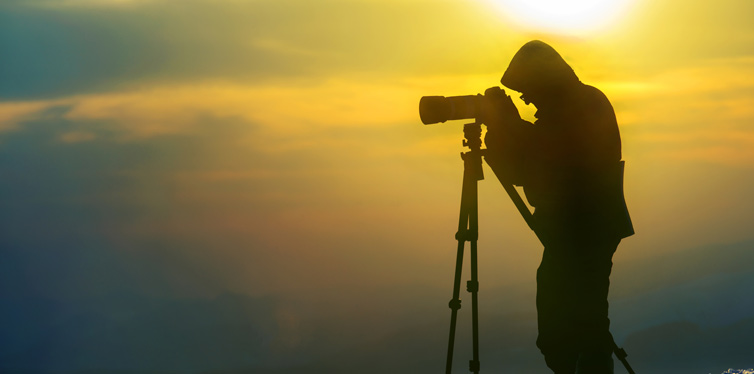
7. Take Spare Batteries
Cold weather can reduce the power in your batteries and cause your camera to die quicker than it normally would. This is one of those frustrating problems that you would only realize when you’re out in the wilderness on a long shoot. So, instead of it ruining your day, buy a spare set of batteries so you can prolong your camera’s life. You can also keep your batteries warm by transporting them in a protective case, or even in your pocket. Either way, don’t get caught out without power.
8. Don’t Get Too Close To Wildlife
If you’ve ever watched a nature documentary, you’ll know that winter can be a pretty difficult time for wildlife. They are often in a fight against the elements, trying to find enough food to survive. So, the last thing they need is a photographer getting too close and putting them on edge. You can still take great photos of animals during the winter, but definitely give them some space. Also, to get really great wildlife shots in the winter, focus on the subject’s eyes. This will give a powerful contrast to the whites and greys surrounding them.
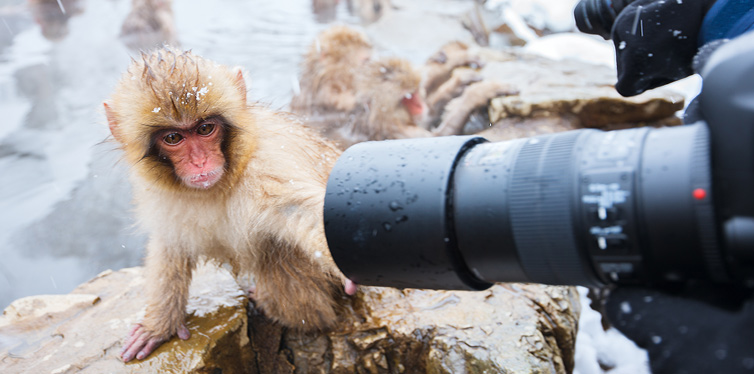
9. Shoot At Sunrise And Sunset
Whatever time of year it is, sunrise and sunset are amazing times to take photos. But this is especially true in winter because of the dramatic, storm-like weather patterns. It’s also better because the sun rises later and sets earlier, so you don’t have to get out of bed at 4 am to capture it. You could roll out of bed as late as 7 am and get an award-winning shot.
10. Let Your Camera Dry Itself
Our last piece of advice is about caring for your equipment again. If you’ve followed our advice carefully, your camera should be suitably protected from the conditions. However, there is still a chance that it will get some moisture on it, because of the changes in temperature. The natural reaction is to grab a towel and start drying it off as quickly as possible. But that could actually damage your camera because you’re pushing moisture inside the lens. Instead, if your camera gets wet, wrap it in a towel (lens down) and let it dry itself.
Sources:
- Winter Photography Tips For Shooting In Cold Weather – Finding The Universe
- Tips For Winter Photography – Outdoor Photographer
- 10 Handy Photo Tips For Shooting Outdoors This Winter – 500px


